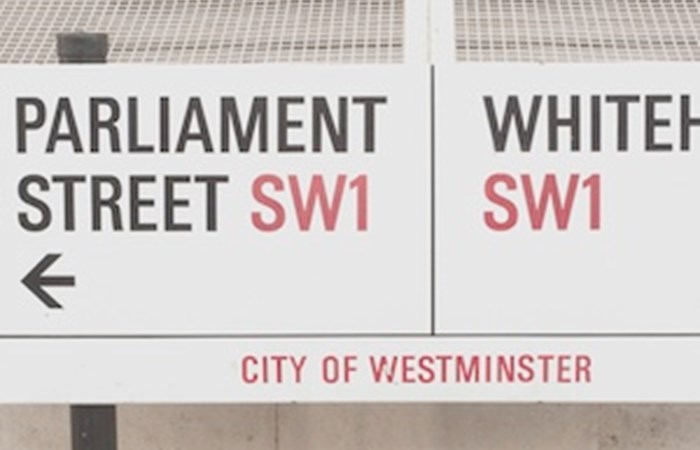Forensic Science Regulator

The Forensic Science Regulator, Dr Gillian Tully, today outlines the progress made in setting and implementing quality standards for all forensic science and forensic pathology services in England and Wales.
Over the past year, the regulator has published numerous new pieces of guidance and standards on a wide range of specialist areas including bloodstain pattern analysis, fingerprint comparison and cognitive bias effects relevant to forensic science examinations.
Forensic work can be carried out by the private sector, in police facilities or in academia, and the annual report makes the case for the importance of all service providers meeting the relevant quality standards. Forensic science plays a vital role in providing intelligence and evidence to the courts and they rely on this information being correct.
Science is constantly evolving so the most up-to-date academic research must be taken into account. The regulator works closely with forensic experts and providers to develop and implement quality standards through consultation and by holding workshops with relevant practitioners and stakeholders.
Forensic Science Regulator, Gillian Tully, said:
Progress has been made in the quality of forensic science but we cannot be complacent there is more to do. Quality must be an integral part of all forensic science and, however challenging the financial situation, cannot be seen as an optional extra or expensive add-on. That is why I am working to ensure that appropriate quality standards are in place for all forensic disciplines and that all providers are fully compliant.
Many forensic service providers across all sectors are already compliant with the standards. However, the report highlights key areas for developing guidance and a path for accreditation, including digital forensics and classification of firearms.
Digital forensics is the process by which digital information, like images and videos, is extracted from where it is stored and rendered so it can be used to further investigations or as evidence for criminal proceedings. For example, enhancing CCTV footage or analysing audio recordings. The regulator is requiring compliance with quality standards for digital forensics by 2017.
Investigators classify firearms to establish whether items are in fact illegal weapons. The regulator is working with the forensic firearms working to group as it develops quality systems required for simple classification and triage.
